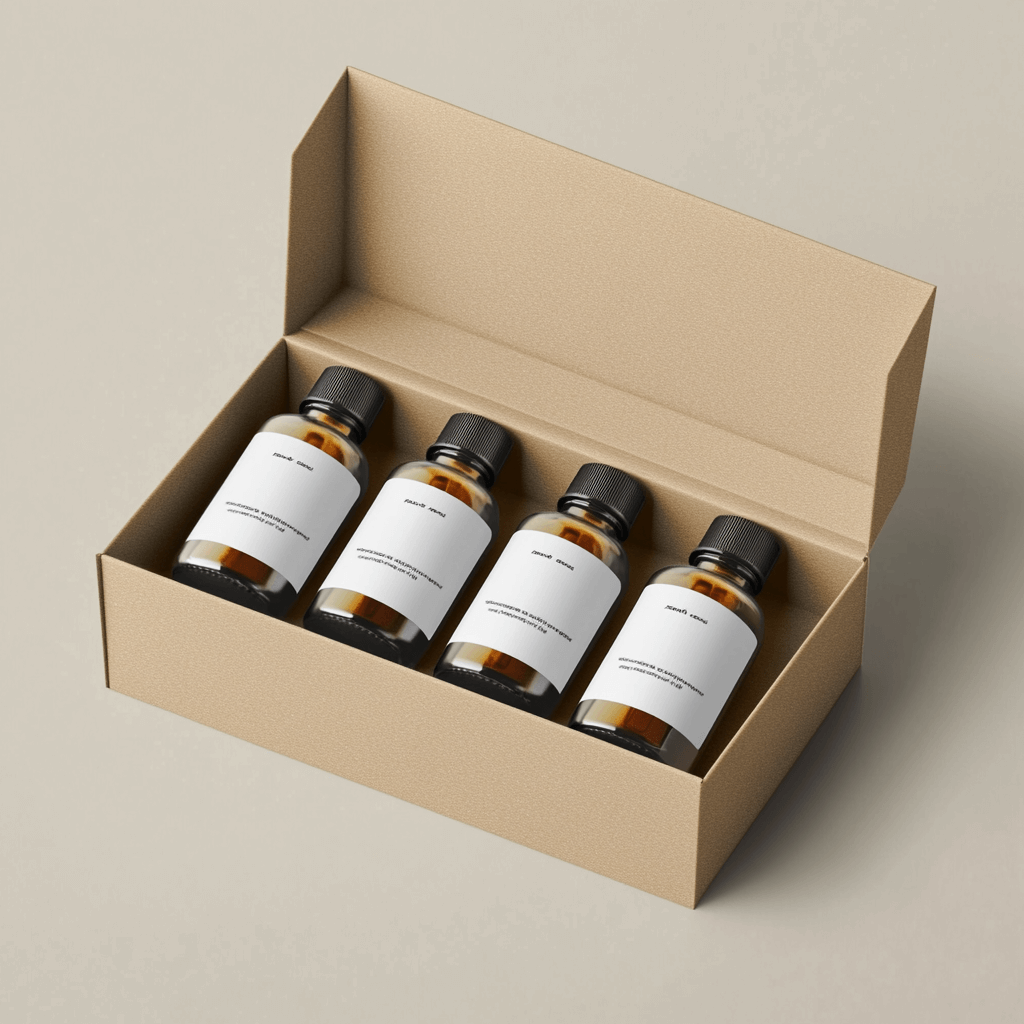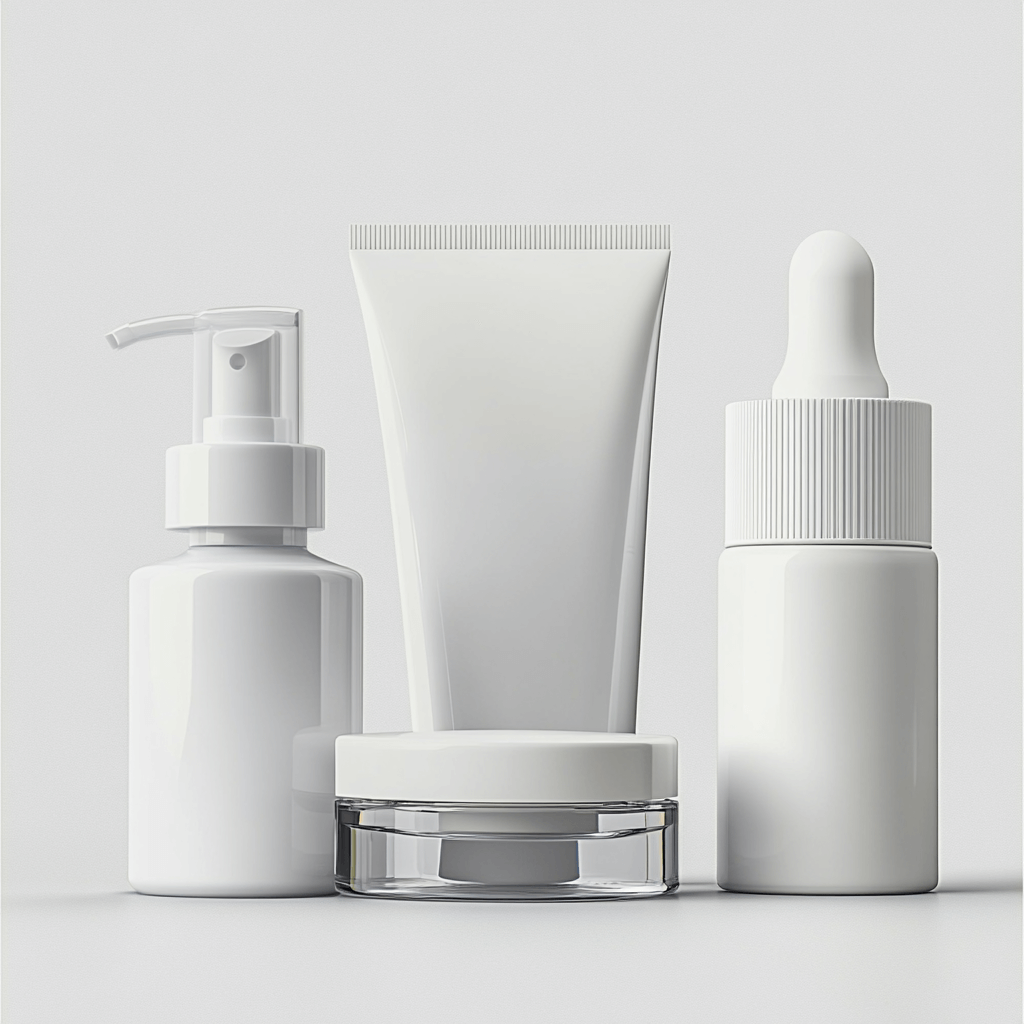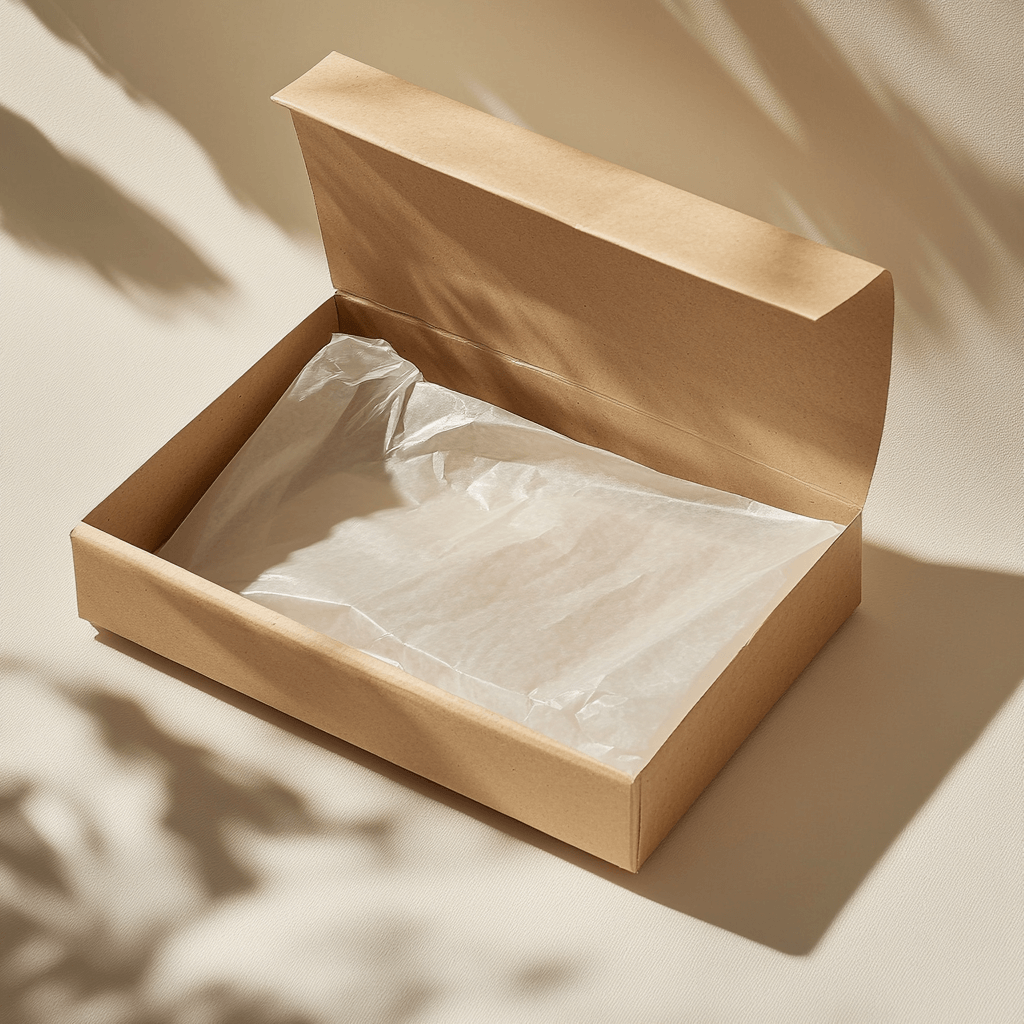The Importance of Packaging Optimization
In the competitive world of cosmetics, cosmetic packaging is not just a means of containment, it plays a crucial role in both the product’s presentation and its overall cost efficiency.
Over the last few years, according to the report, cosmetic packaging costs have become a more significant part of the overall product price, highlighting the growing need for cost-effective and efficient packaging solutions.
Why Packaging Is Vital for Cosmetics: Focusing on Cost and Efficiency
Effective packaging is much more than just a pretty face for your cosmetic products. It directly impacts the cost of production and can significantly affect your bottom line. Cosmetic packaging is a key contributor to operational efficiency by streamlining the production, storage, and transportation of goods. By selecting the right materials and designs, you can balance aesthetics with functionality, driving down costs without compromising the quality or presentation of your product.
 suitable cosmetic packaging
suitable cosmetic packagingThe cosmetics industry is rapidly evolving, with consumers expecting high-end packaging that offers convenience, sustainability, and protection. A well-optimized cosmetic package not only provides a better customer experience but also improves inventory management and transportation logistics, helping you achieve savings at every step of the supply chain.
Choosing the Right Material for Your Cosmetic Product
Choosing Materials According to Product Type: Optimal Packaging Choices for Different Cosmetic Products
The first step in cosmetic packaging optimization is selecting the right material for your product. Different cosmetic products have varying requirements. For example, a liquid foundation will require a different material than a solid compact powder.
Understanding the nature of your product helps in choosing the material that will best preserve its integrity. Plastic tubes, glass jars, or aluminum cans each serve specific purposes—plastic is cost-effective and versatile, glass offers a premium feel, and aluminum is eco-friendly and lightweight.
 clear packaging
clear packagingConsider whether your product needs UV protection, if it is sensitive to temperature fluctuations, or if it needs to remain airtight. Selecting the right material based on these factors will not only preserve the quality of your cosmetic products but also reduce unnecessary costs.
Balancing Packaging Quality and Brand Design
Packaging quality and brand design go hand in hand. As much as quality materials are crucial, the visual appeal of your packaging also plays a role in attracting customers. Striking the right balance between sturdy packaging that protects your product and appealing design elements that reflect your brand’s identity is essential.
Strong packaging doesn’t have to be plain or uninspiring. A thoughtful blend of creative design and durable materials can set your products apart in a crowded market while delivering practical benefits to the consumer.
Eco-Friendly Packaging Materials, Minimalist Packaging Design: Good for the Environment and the Budget
Sustainability has become a key consideration for both consumers and businesses in the cosmetics industry. According to recent data, the global sustainable packaging market is projected to reach a value of approximately $29.27 billion in 2024. Further forecasts suggest that the market could grow to $423.56 billion by 2029. Opting for eco-friendly materials such as biodegradable plastics, recycled paper, or glass not only aligns with environmental concerns but can also reduce long-term packaging costs.
Minimalist packaging designs, which use fewer materials, are an efficient way to meet both aesthetic and sustainability goals. Eco-conscious packaging doesn’t have to compromise brand appeal—when done thoughtfully, it can enhance your brand’s image as a responsible and forward-thinking company.
 Eco-conscious packaging
Eco-conscious packagingHow Product Size Affects Cosmetic Packaging Choices and Costs
Product size directly influences the type and quantity of packaging materials required. A smaller product may benefit from compact packaging solutions like tubes or small jars, which reduce material costs and storage space. Conversely, larger items like body lotions or hair care products may require more substantial packaging like bottles or wide-mouthed jars.
Consideration of the product’s size during the design phase allows you to create cost-effective packaging solutions that are both functional and visually attractive, optimizing material usage while minimizing waste.
Optimizing Cosmetic Packaging for Safe and Fast Distribution
Choosing the Right Shape and Size of Cosmetic Packaging for Transportation
To optimize packaging for transportation, consider the size and shape of your products. Compact, stackable packaging minimizes the amount of space required in shipping boxes, reducing the overall shipping cost.
Products with irregular shapes or fragile elements might require custom packaging solutions, such as fitted trays or cushioned inserts, to ensure safe delivery. By selecting appropriately sized and shaped packaging, you can reduce shipping space, cut costs, and ensure the safe arrival of your products.
Using Protective Padding and Packaging to Safeguard Fragile Products
For delicate or fragile cosmetic items—like glass jars or bottles—adding an extra layer of protection during shipment is crucial. Protective padding, such as bubble wrap, foam inserts, or air cushions, can absorb shocks and prevent breakage.
These packaging materials are essential for fragile products and help maintain a professional, polished brand image by ensuring your product arrives undamaged. Investing in this additional protection can save costs in the long run by reducing product returns and customer complaints.
 Protective packaging
Protective packagingPackaging Efficiencies in the Supply Chain
Optimizing Packaging Lines and Packaging Processes to Reduce Shipping Delays
Efficient packaging processes not only save time but also ensure that your products are ready for shipment as quickly as possible. Streamlining your packaging lines—whether by automating certain stages of the process or refining the packing method—helps reduce bottlenecks that could otherwise delay shipments.
By optimizing how your products are packaged, you can ensure a faster turnaround time from production to delivery, improving customer satisfaction and keeping costs down.
 suitable packaging
suitable packagingCosmetic Packaging Standardization for Greater Efficiency
Standardizing your packaging designs for different products can improve production and distribution efficiency. Consistency in packaging sizes, materials, and shapes ensures smoother operations across all stages of the supply chain, from manufacturing to shipping.
 cardboard packaging
cardboard packagingPackaging standardization can reduce errors, streamline processes, and cut costs, while also improving brand recognition, as customers will recognize your products more easily on the shelves.
Conclusion
Effective cosmetic packaging is about more than just looking good—it’s about balancing cost, functionality, and environmental impact. By carefully selecting the right materials, optimizing packaging for transport, and implementing efficient processes, you can deliver a product that meets customer expectations while minimizing costs. With these packaging strategies in mind, your cosmetic brand can thrive in a competitive, fast-paced market.
Also, if you own your cosmetics but are struggling with what packaging you should use, contact us immediately! We will serve you with lightning speed and professionalism.